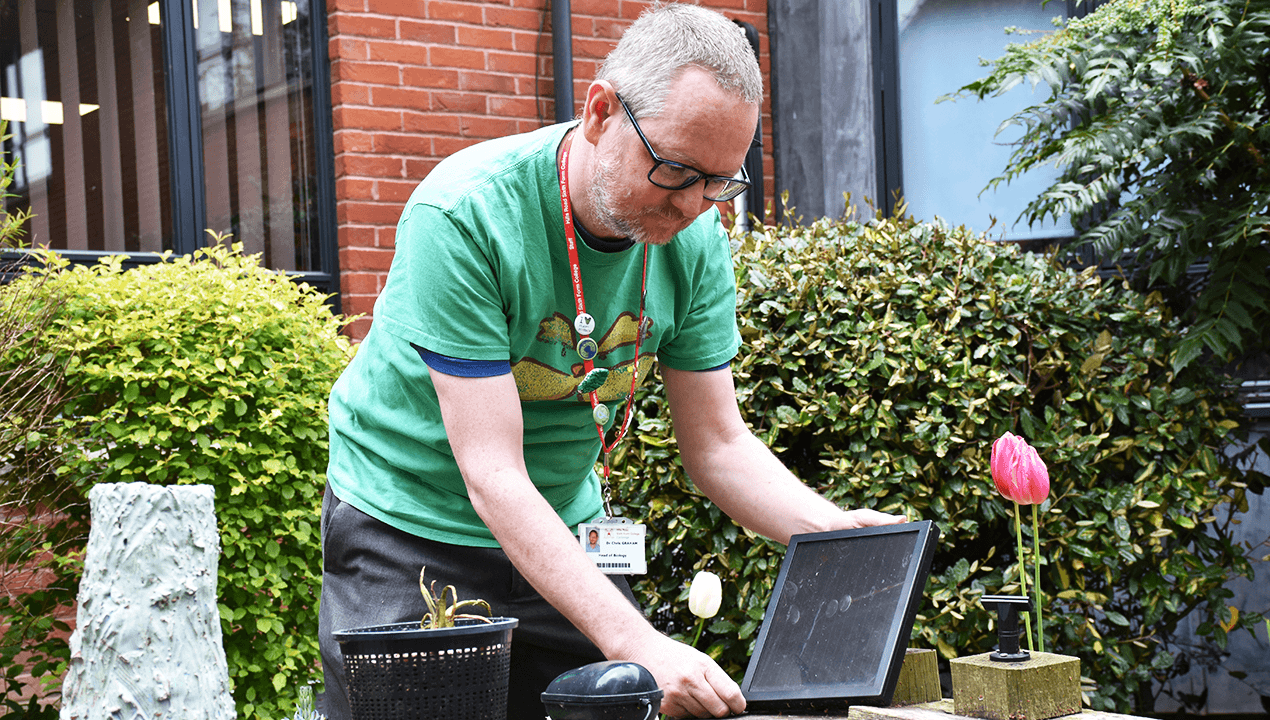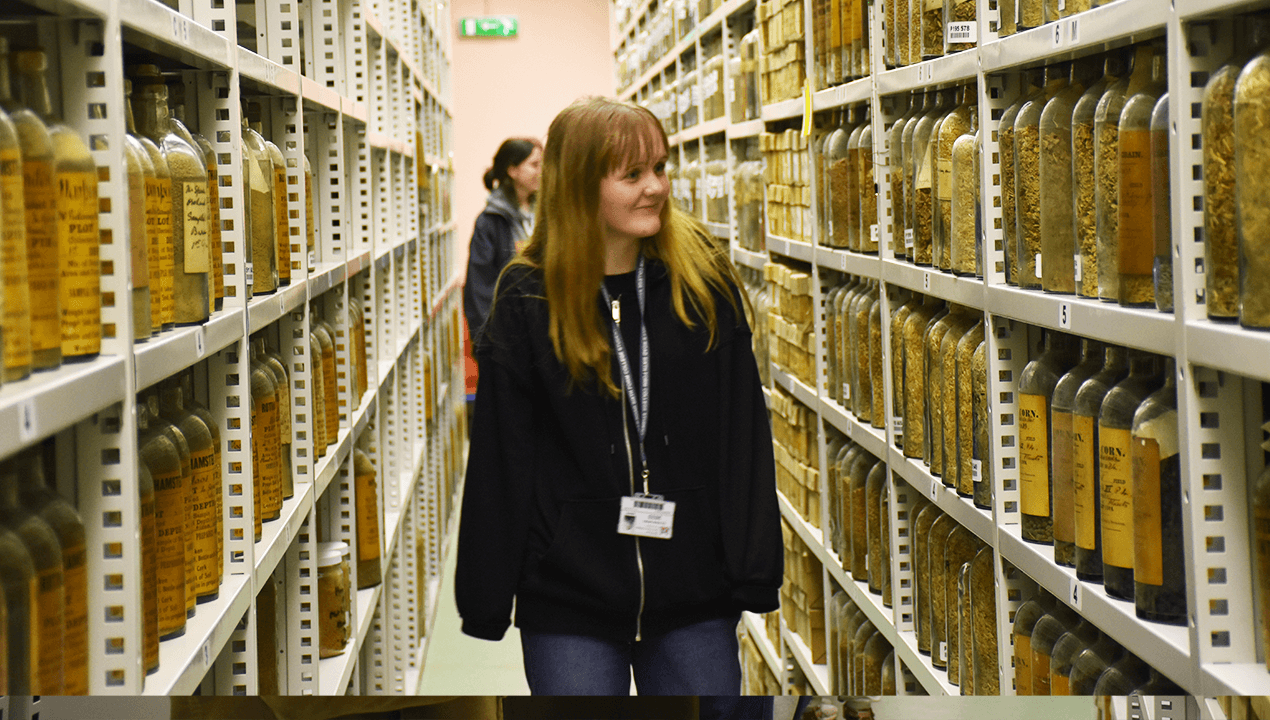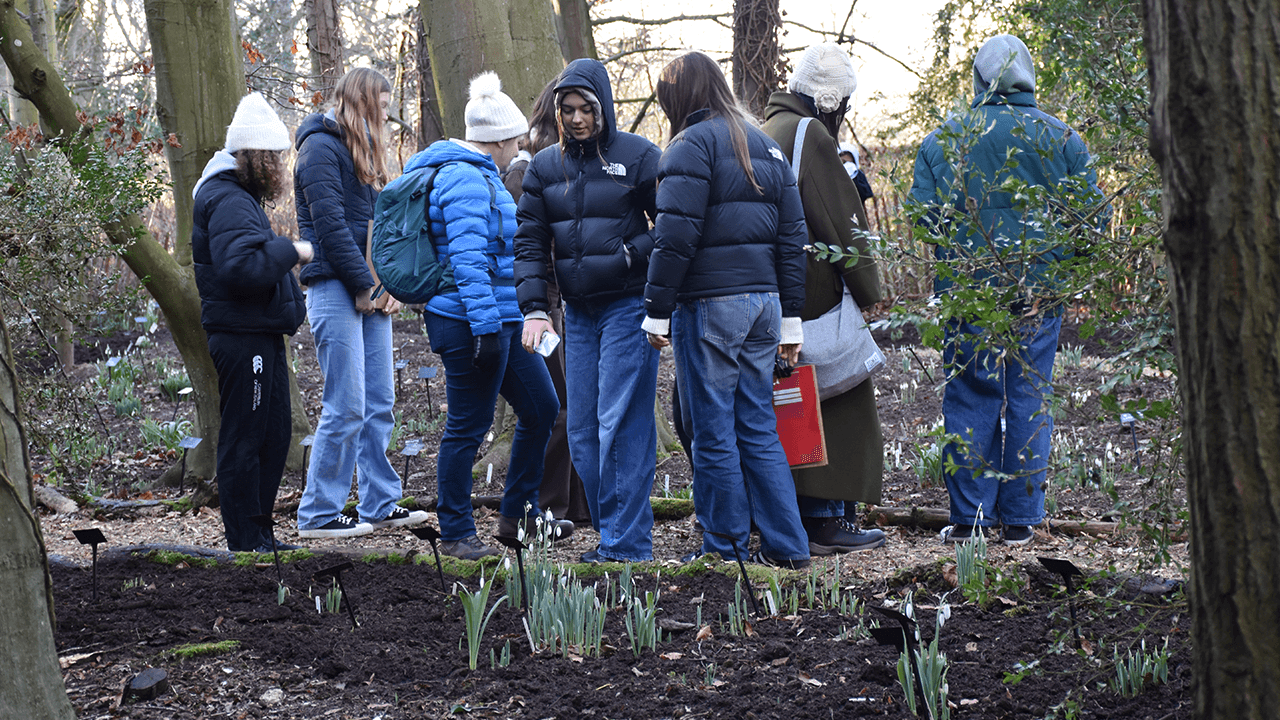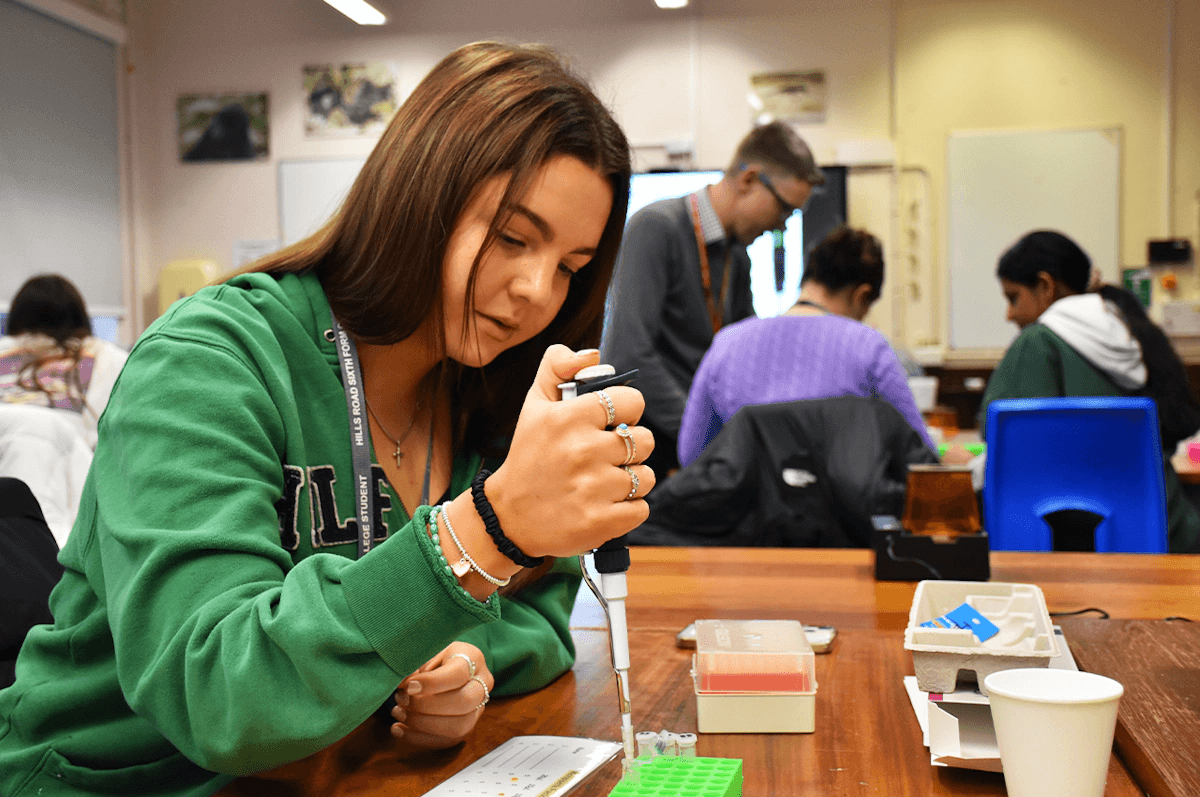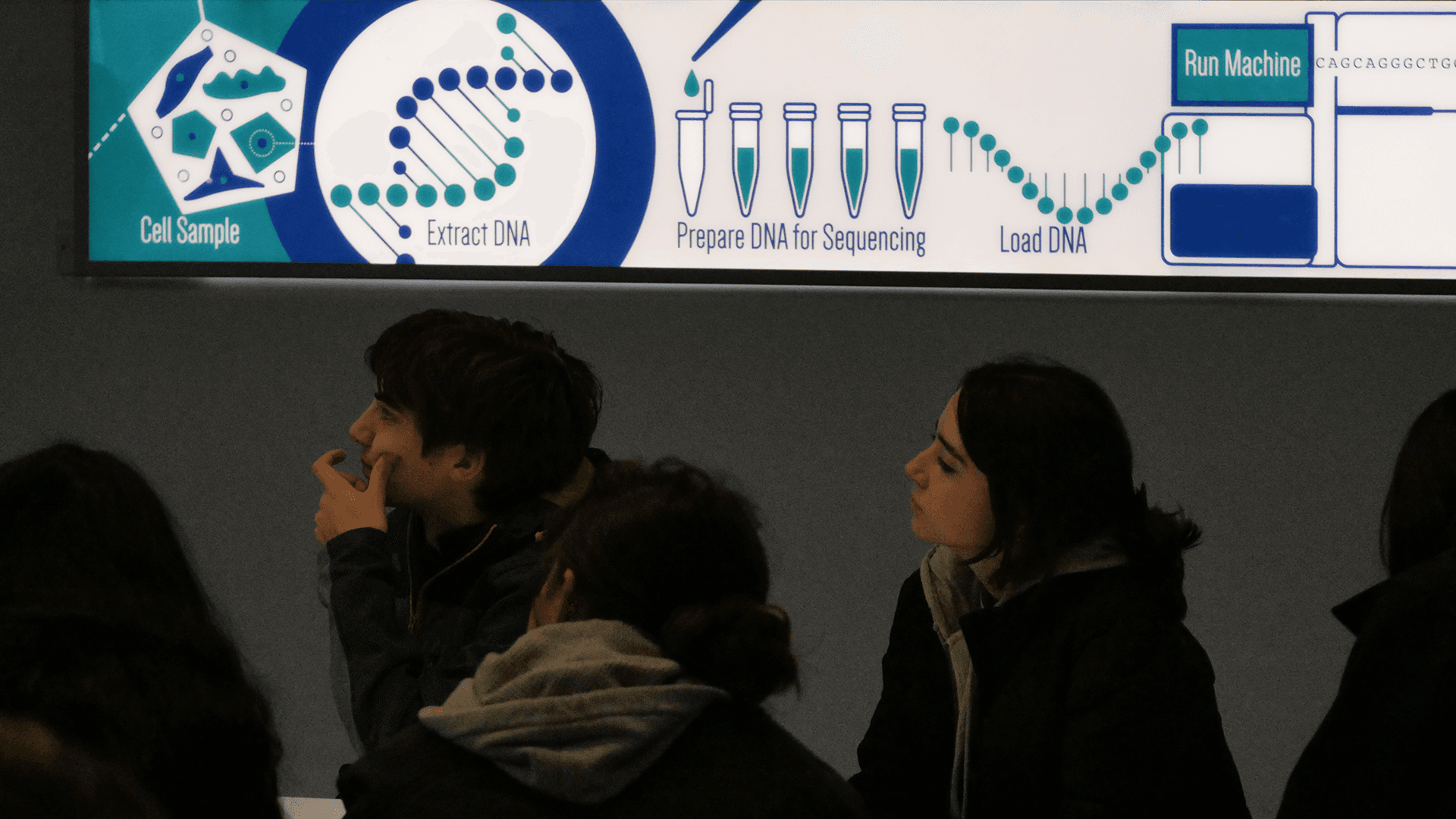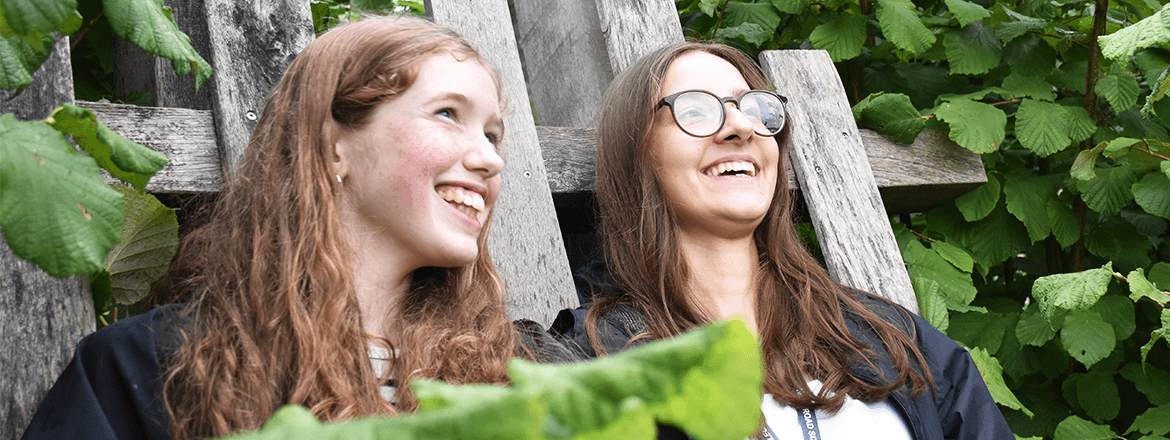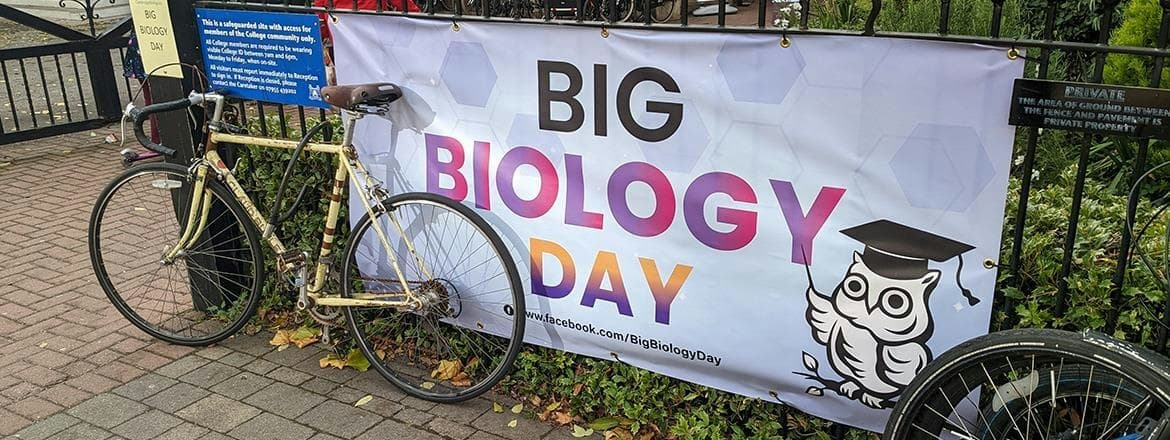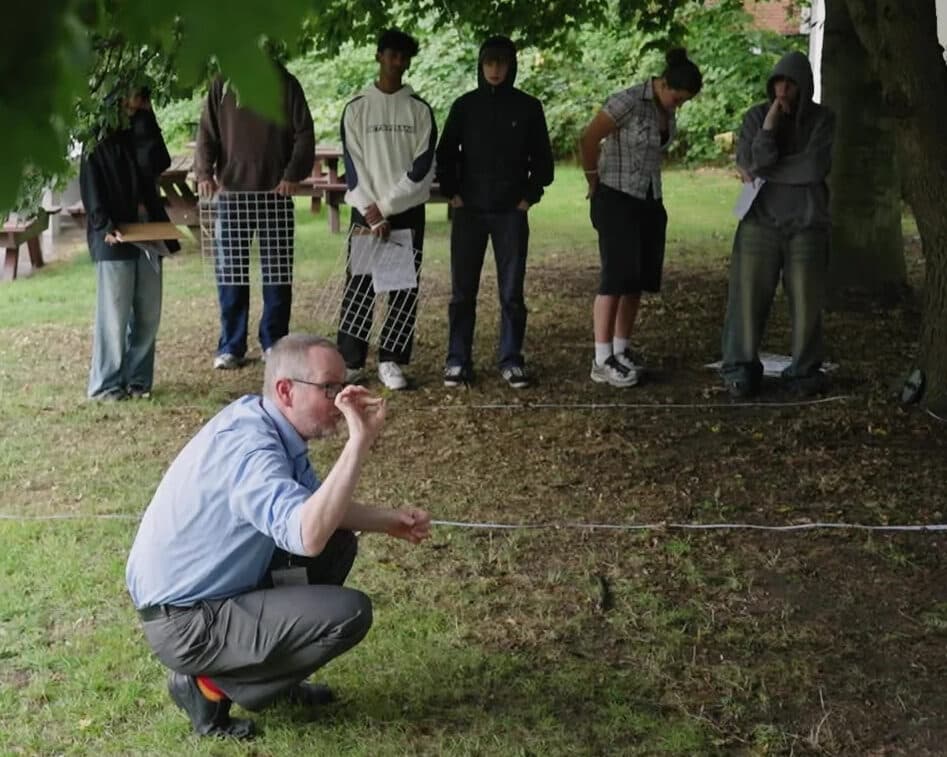
Biology students investigate snowdrop DNA in latest project
Organised by Dr Stephens, the Snowdrop DNA project aims to discover how different snowdrop species have evolved from a common ancestor, with the hope of publishing a snowdrop ‘family tree’. Collaborating on this Royal Society partnership grant-funded project with Hills Road are Anglesey Abbey, EMBL-EBI, Rothamsted Research and Bedford school.
Published on 07/11/2023

Learning new technology and techniques
This past month, Snowdrop DNA project students have had the opportunity to work with new technology and learn new techniques that would not have been taught in normal lessons. This has included vortexing, centrifugation, micropipetting and agarose gel electrophoresis.
Students were able to practice using micropipettes to extract their supernatant, the liquid that remains after a solid has been separated. This skill would also come in handy during their extraction of the chloroplast DNA.
Students also explored Gel electrophoresis to separate mixtures of DNA. Along with this, they developed the use of centrifuges and a vortex to extract chloroplasts and separate them from other parts of the plant cells. Analysis of these chloroplasts was undertaken using microscopy to see what they looked like and show that they had been successfully extracted. This was also contrasted to spinach chloroplast to see if there was any large difference.
Happy to learn
Although many of these students had never come across these techniques, they were all happy to learn. Making mistakes was inevitable, however, smiles were on all the students’ faces by the end of the lessons.
Great work!
We look forward to seeing our students accomplish more with their project. Great work from the Snowdrop Students!
Interested in Biology at Hills Road?
View our subjects

